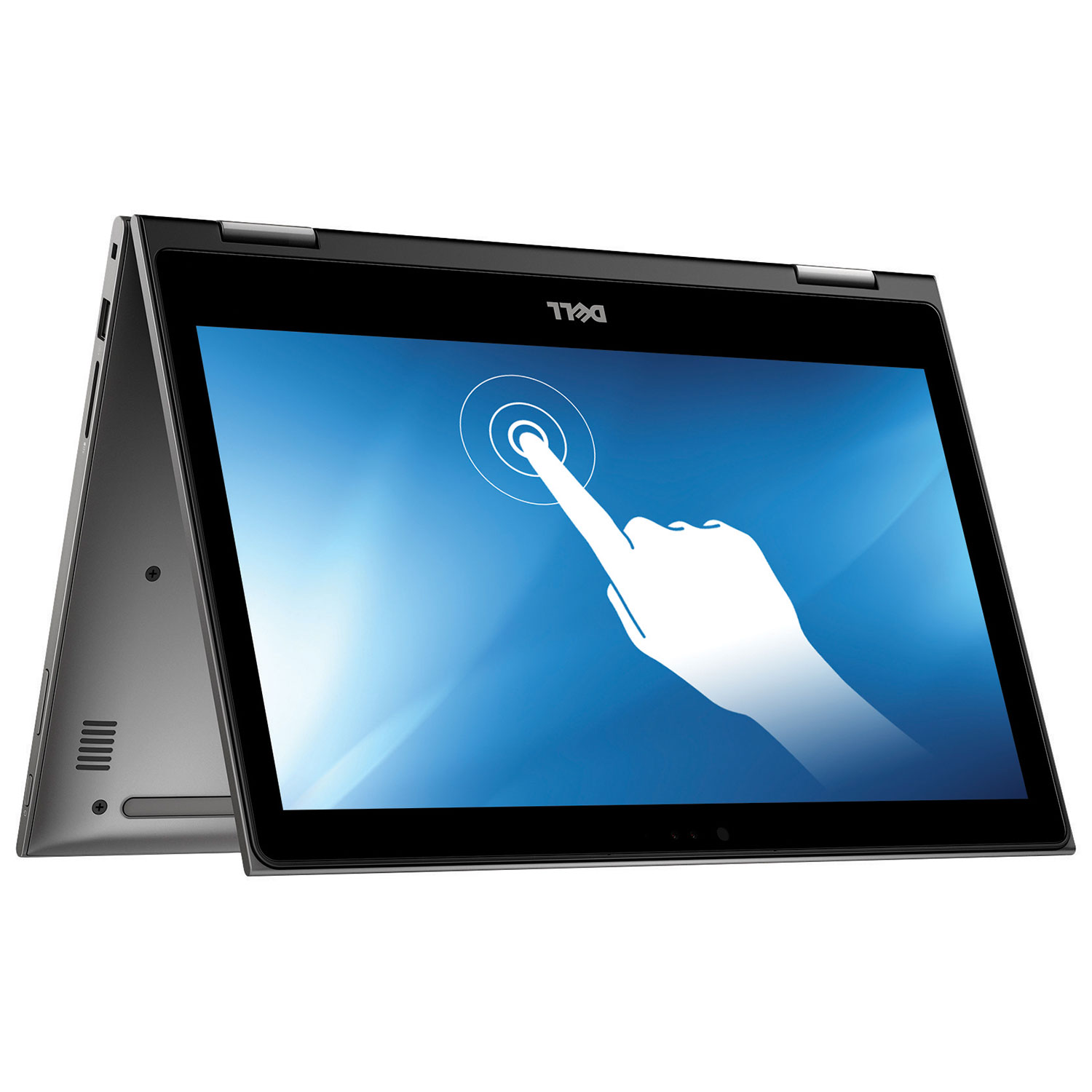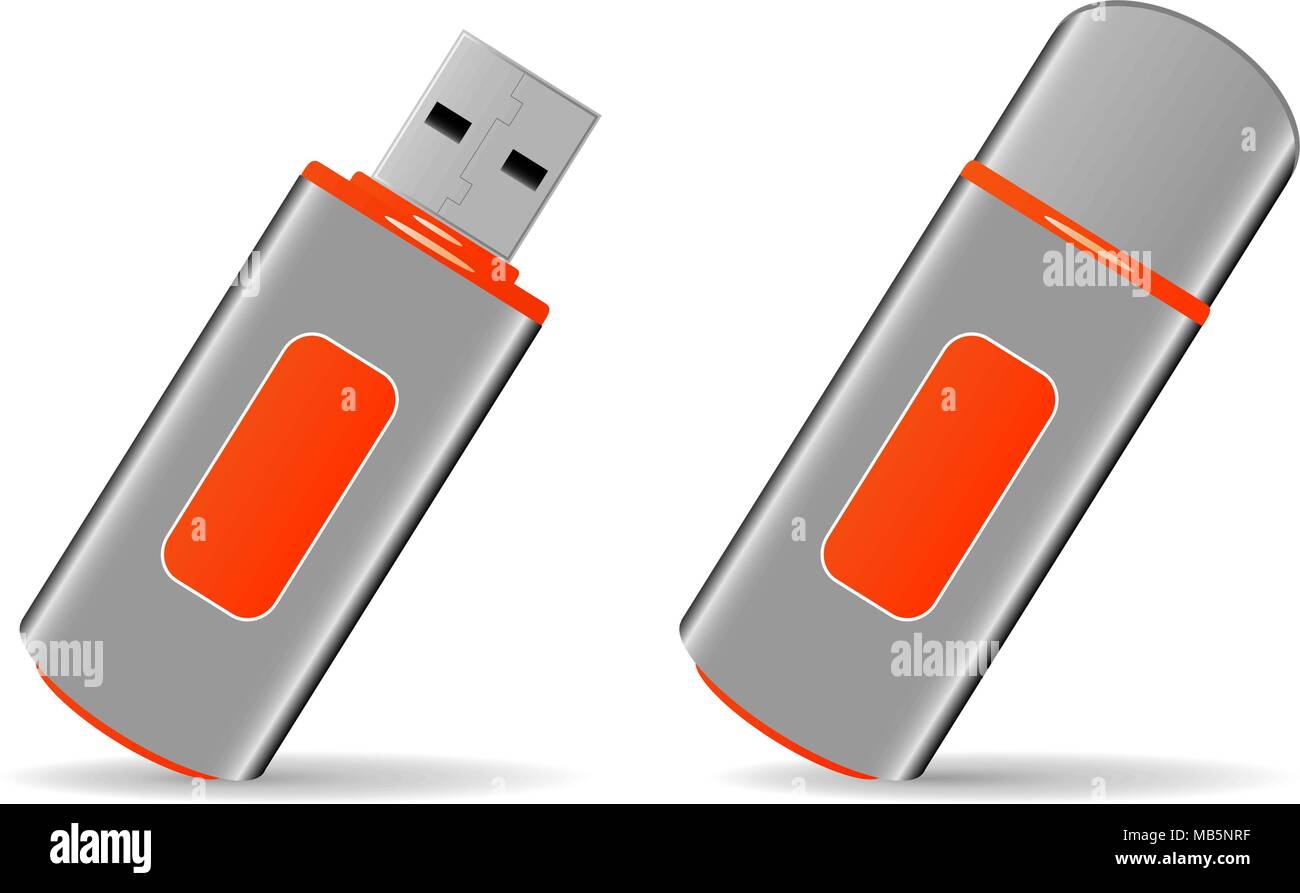Let’s face it: a solar security camera is a fantastic investment. Eco-friendly, discreet, and offering peace of mind, they’re a great addition to any home security system. But even the best camera is useless if it’s not positioned correctly. Getting the placement right is crucial for optimal performance, maximizing its solar power intake, and ensuring you get the best possible surveillance coverage. This guide will walk you through everything you need to know about strategically positioning your solar security camera for maximum effectiveness.
Understanding Your Camera’s Limitations and Capabilities

Before we dive into specific placement techniques, it’s important to understand your camera’s capabilities. Read the manufacturer’s specifications carefully. This will tell you things like:
- Field of view (FOV): This is the angle of view your camera captures. A wider FOV means a broader area is covered, but often with less detail. A narrower FOV provides more detail within a smaller area.
- Night vision capabilities: How far and how clearly your camera can see in low-light conditions. This will affect its placement, particularly if you need night surveillance in darker areas of your property.
- Solar panel efficiency: Different solar panels vary in their ability to collect energy. Understanding the efficiency of your camera’s solar panel will inform where you should place it for optimal sun exposure.
- Wireless range and signal strength: If your camera relies on Wi-Fi, ensure the chosen location has a strong, reliable signal. Poor signal strength can lead to dropped connections and unreliable recordings.
Maximizing Solar Power: Sun Exposure is Key

The heart of your solar camera is its solar panel. Without sufficient sunlight, it won’t function optimally, and you might find yourself constantly topping up the battery. Therefore, sun exposure is paramount:
- Direct Sunlight: Aim for a location that receives ample direct sunlight throughout the day, particularly during peak sun hours. Avoid shaded areas, especially those blocked by trees or buildings.
- South-Facing (Northern Hemisphere): In the Northern Hemisphere, south-facing locations receive the most sunlight. In the Southern Hemisphere, the optimal direction is north-facing.
- Seasonal Considerations: Consider the seasonal changes in sunlight. The sun’s path across the sky varies throughout the year. Choose a location that maximizes sun exposure even during the shortest days of winter.
- Angle of the Panel: Many solar cameras allow you to adjust the angle of the solar panel. Experiment with different angles to find the optimal position for maximum sun capture.
Strategic Placement for Optimal Surveillance

While maximizing solar power is vital, you also need to consider the camera’s surveillance role. This involves careful consideration of:
- Coverage Area: Strategically position the camera to cover the most important areas of your property, such as entrances, driveways, backyards, or vulnerable windows. Consider the camera’s field of view to determine its effective coverage.
- Avoiding Obstructions: Ensure the camera’s view is not obstructed by trees, bushes, or other objects. Regularly check for growth that might interfere with the camera’s line of sight.
- Height and Angle: Mount the camera at a height that provides a good view of the area you want to monitor. Adjust the angle to avoid capturing unwanted areas (like your neighbor’s yard) while still achieving optimal coverage.
- Multiple Cameras: For comprehensive coverage, consider using multiple cameras strategically placed around your property. This provides overlapping coverage and reduces blind spots.
Weatherproofing and Security: Practical Considerations

Your solar security camera is exposed to the elements, so weatherproofing is crucial:
- Protection from Rain and Snow: Ensure the camera is adequately protected from rain, snow, and ice. Choose a sheltered location or use a weatherproof housing if necessary.
- Extreme Temperatures: Consider the temperature range your camera can withstand. Avoid placing it in areas subject to extreme heat or cold, which can affect performance and battery life.
- Security from Vandalism: Mount the camera securely to deter tampering or vandalism. Consider using tamper-resistant mounting hardware and a location that is less accessible to intruders.
Troubleshooting Poor Performance
If your solar camera isn’t performing as expected, check these points:
- Solar Panel Cleaning: Dust and debris can significantly reduce the efficiency of the solar panel. Regularly clean the panel to maintain optimal performance.
- Battery Level: Monitor the battery level regularly. Low battery can indicate insufficient sunlight or a problem with the solar panel or charging system.
- Network Connectivity: Ensure the camera has a strong and stable Wi-Fi connection. Weak signals can cause connection drops and poor performance.
- Camera Settings: Review your camera’s settings to ensure they are optimized for your environment and needs. Adjust settings such as motion detection sensitivity and recording schedules as needed.
By carefully considering these factors, you can ensure your solar security camera is not only optimally powered but also provides excellent surveillance coverage. Remember, the key is to find the perfect balance between maximizing solar power and achieving the best possible view of your property. Happy monitoring!


